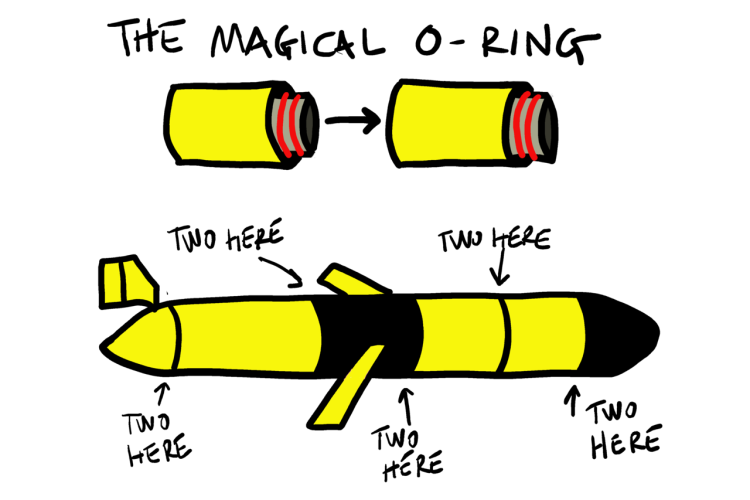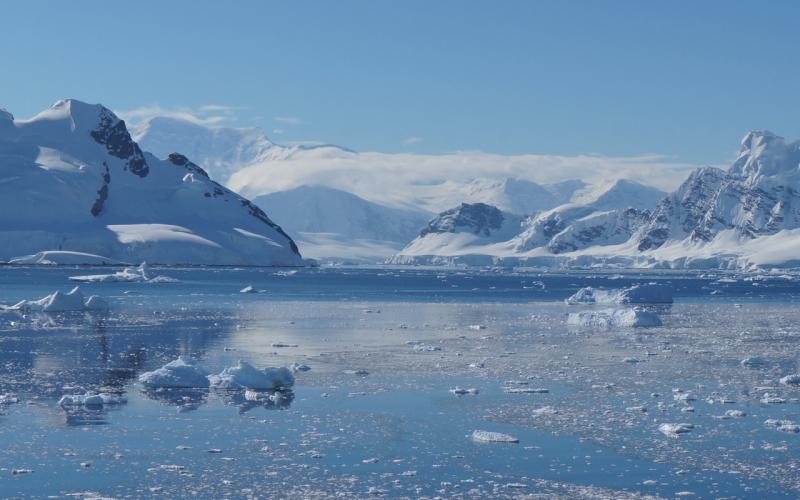We are just days away from recovering the gliders. We are so close I can taste it! Tastes like saltwater and victory.
But we can’t relax yet. We’ve had a few bumps the last couple of weeks—four mission aborts and an unexplained glider reset. This season is by no means a done deal.
I realized this past week, though, that something about this whole season has been bothering me. I couldn’t put my finger on it, but I knew it wasn’t just general glider anxiety. It was something specific, and I finally figured it out.
It was the o-rings.
The last thing we do before we deploy the gliders is a “final seal.” The gliders are each made up of six sections that connect to each other in five places. Each connection point has two o-rings—rubber rings similar to big rubber bands, only thicker and not as stretchy. They form a water-tight seal between the sections. Before we put the o-rings on, we meticulously run them through our fingers. We’re feeling for any nicks or scratches that may compromise their ability to form a tight seal. We usually do this with our eyes closed, because it’s easier to feel defects when we can’t see. If we decide an o-ring isn’t perfect, we throw it away. Each o-ring is $9.00, which is painful to waste, but it would be more painful to lose a glider because of a defective o-ring.
Before we did our final seals for this season, I ordered o-rings from a new supplier. I was confident that the o-rings I ordered were the right ones. But when I told the head of our glider program about them, he was skeptical.
Him: “You’ve tested these o-rings before, right?”
Me: (gulping and sweating): “Um, no.”
Him:
Me:
Him: [turns around and walks out of the glider lab]
Well, after 94 days and almost 3,000 total dives—many to deeper than 3,000 feet—I’m happy to report that we haven’t had any leaks. There’s a leak detector at each connection point, so we’d know if we had. There’s a little part of me that will stay nervous until the gliders are safely on the recovery ship, but I’m feeling cautiously optimistic.
So, in this last week of our glider deployments, I’d like to honor the humble o-ring. Please just keep on sealing for another week.



